Welcome to our reoccurring series of “Home on the Range.” Here, we would like to share all of our experiences for those who may be homesteading, living off the land, hunting, farming, ranching, and truly investing in nature and the great outdoors. The ability to provide for yourself and your family can be tremendously rewarding and simultaneously difficult at times. So, in “Home on the Range” we want to share our different exploits so you can learn and hopefully we can receive your feedback along the way as well.
Making The Most of Unused Land
A bit of background: recently, I acquired a hayfield to turn into a small scale livestock operation. The current bill-paying operation on the land is 38 acres under pivot for dairy hay. While the area I have under pivot has many advantages: gradually graded, good soil, square, and close to the well head; a small disadvantage is the corners. One of my corners is close to the well head so I irrigate with a handline, but one of my corners is away and an unused brushy wasteland.
In this day and age with the uncertainty in the food supply chain, I wanted to have self sufficiency produce-wise. This is just a hedge against some unforeseen tragedy befalling my current sources of produce. In order to do so, I had to get the aforementioned 2 acre brushy corner into shape to be a good place to produce fruits and vegetables. The farm is in an intersection of USDA plant hardiness zones 5b and 6a. This is not too arduous, being I have experience in habitat rehab in a zone 4 area. The big thing I have to prepare for is 40-50mph winds ripping through the river valley.
Note: This brief article is in no way the “only way” or “best way”, rather it is the direction I decided to go, and I hope readers can come away with a bit of knowledge from my mistakes and successes.
Step One: Water, Water, Everywhere
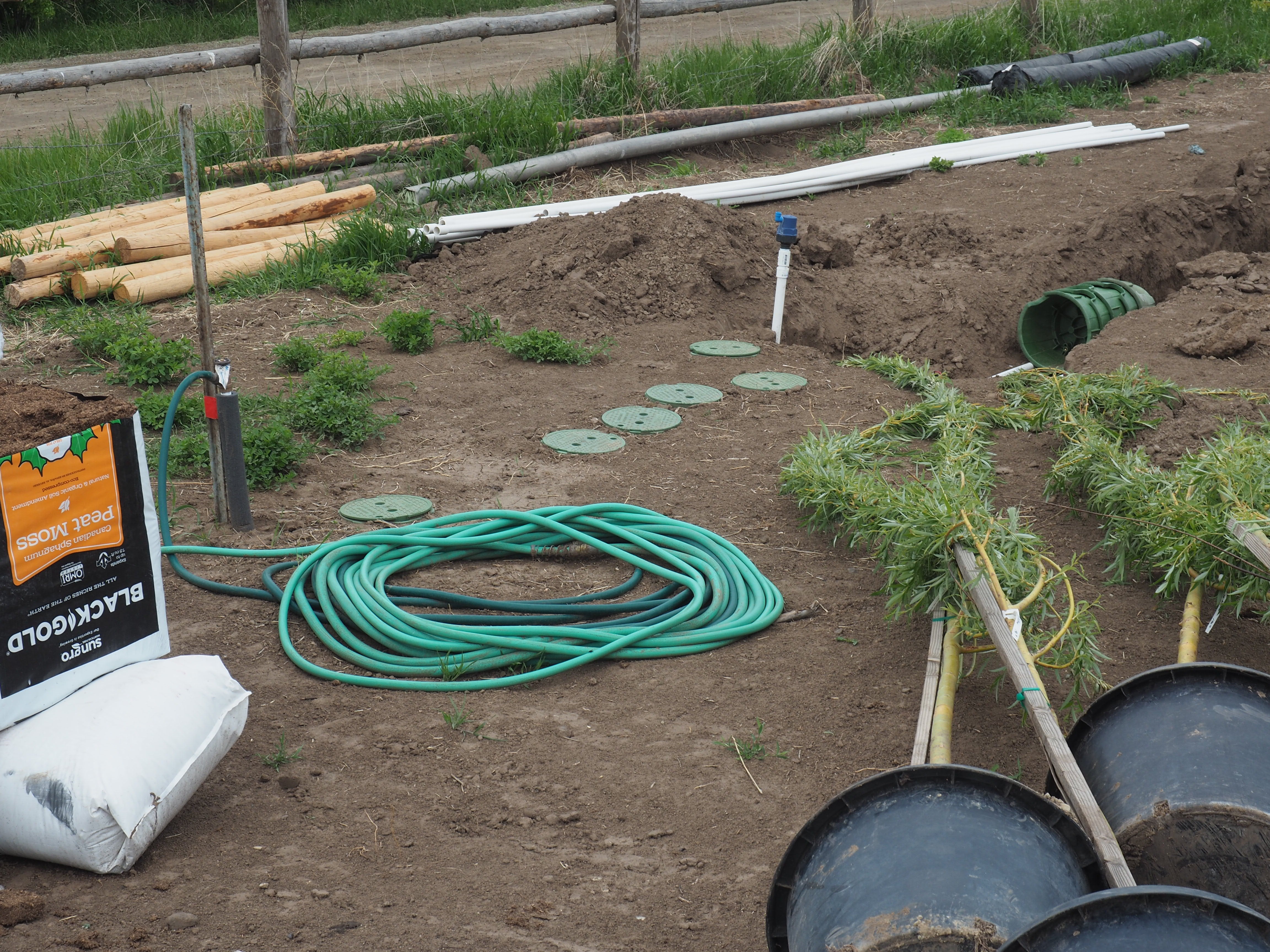
Once the snow melted off, we got to work clearing the area of brush and preparing the area to run irrigation line. The whole Corona situation threw us for a loop multiple ways, so there was a lot of DIY where we would have used irrigation contractors in normal times. Luckily, I have a very good mentor with an excellent talent for drawing things out and planning ahead. Once all the pertinent equipment was in place, we were set to irrigate not only our planter beds, but also the screening vegetation and windbreaks.
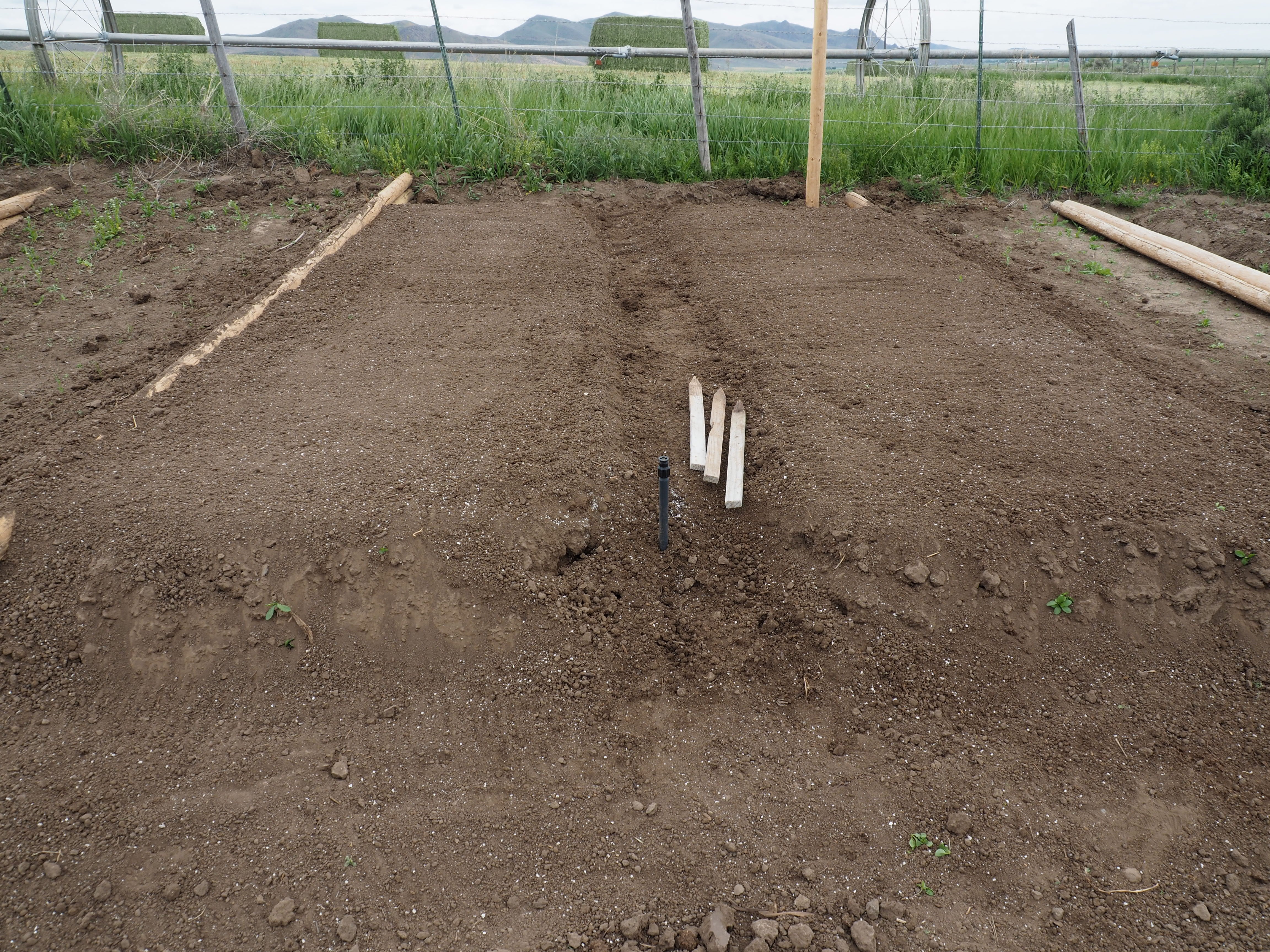
Step Two: Protecting the Area
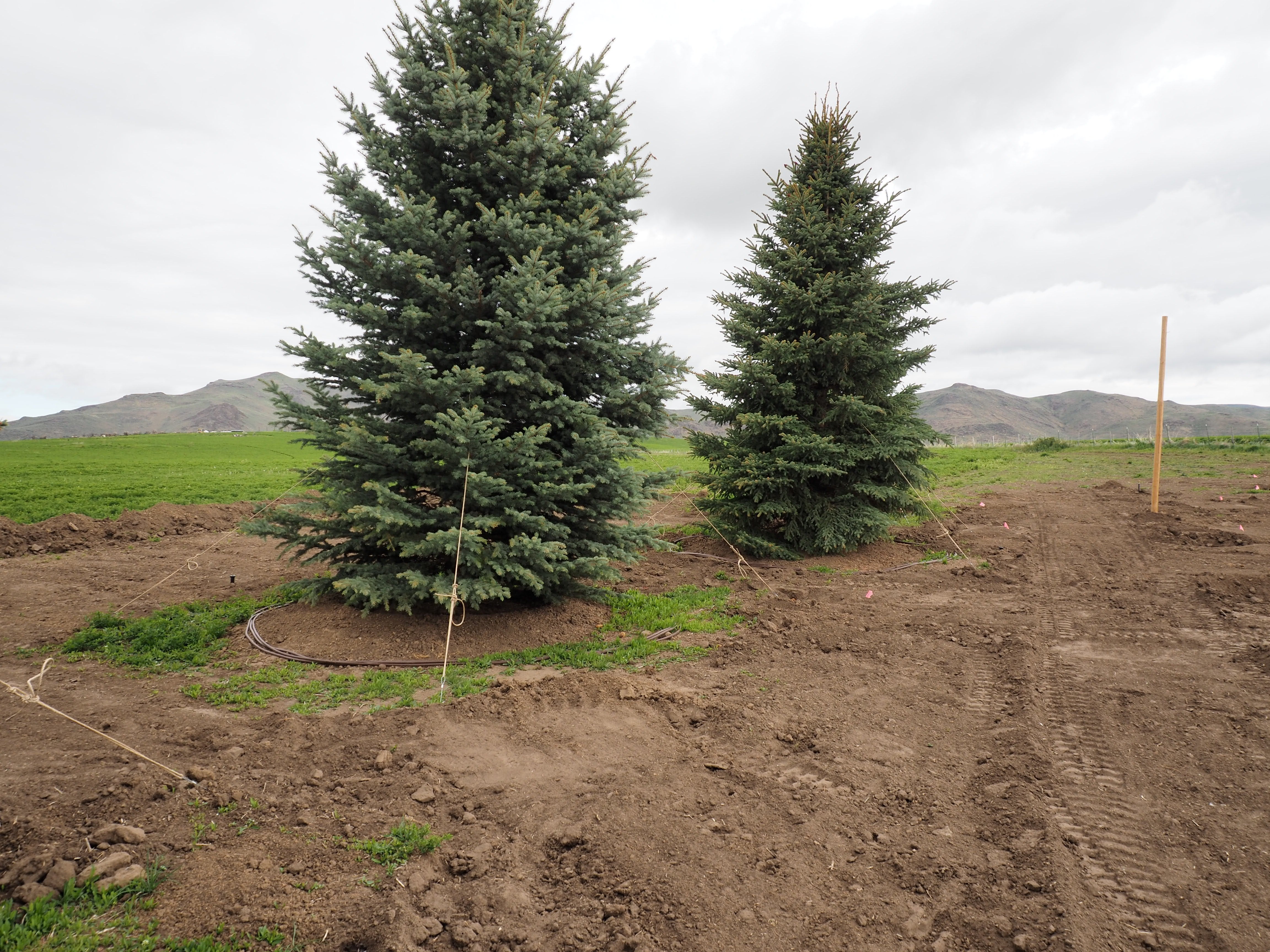
On the prevailing windward side of where we would be planting, we prepared for planting a windbreak consisting of larger trees filled in with understory vegetation. The winds can be extreme across the valley where my farm is located, and some commercial operations have had their greenhouses damaged multiple times. To stave off wind and severe weather erosion, the raised planter beds were reinforced with some logs around the base. Raising the planter beds has the additional benefit of preventing water and snowmelt erosion during inclement weather. Putting up poles around the perimeter of the area to run pest-prevention fladry was the next step. These poles will also provide a base for shade protection during the hotter months.
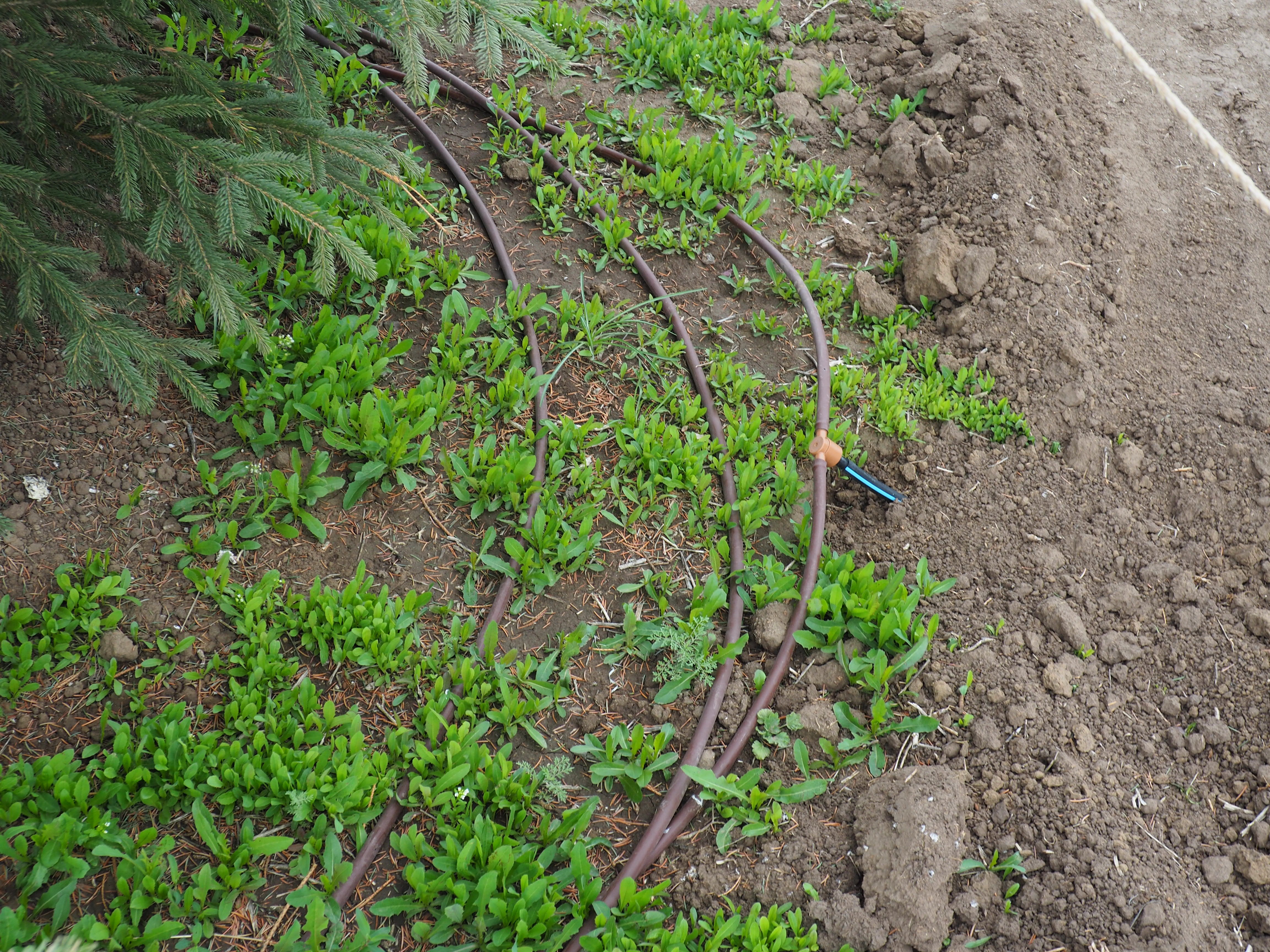
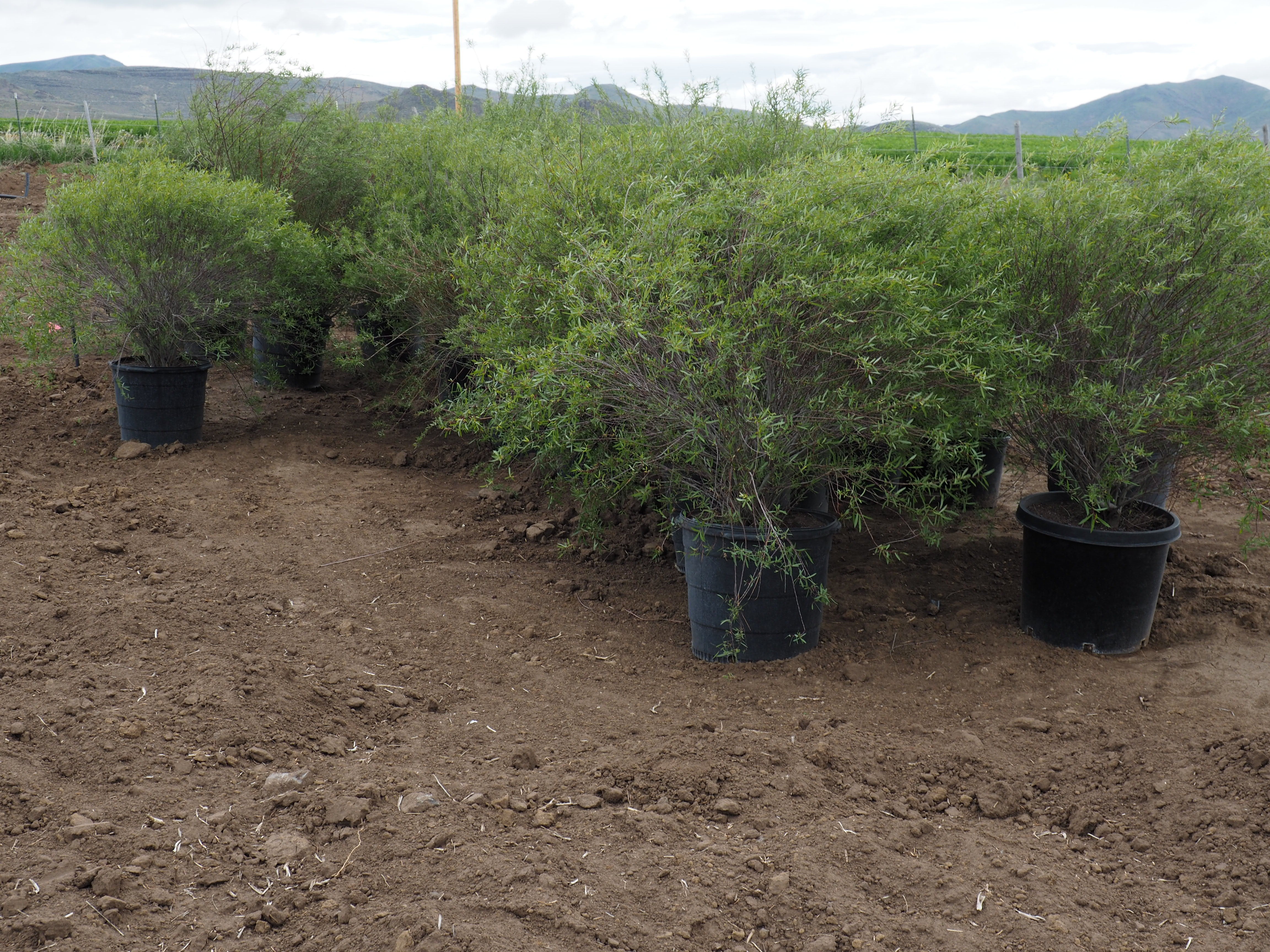
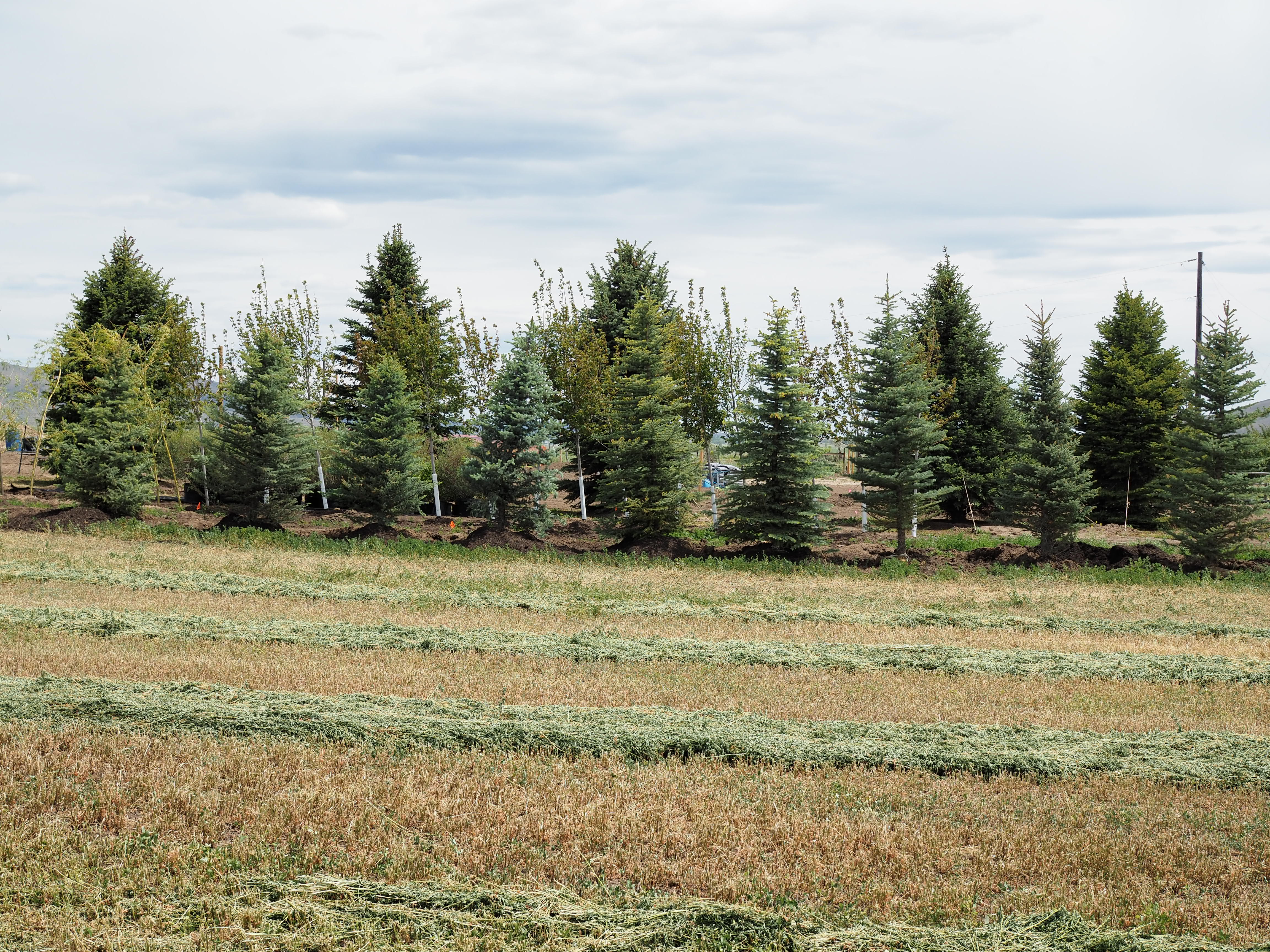
Step 3: Soilwork
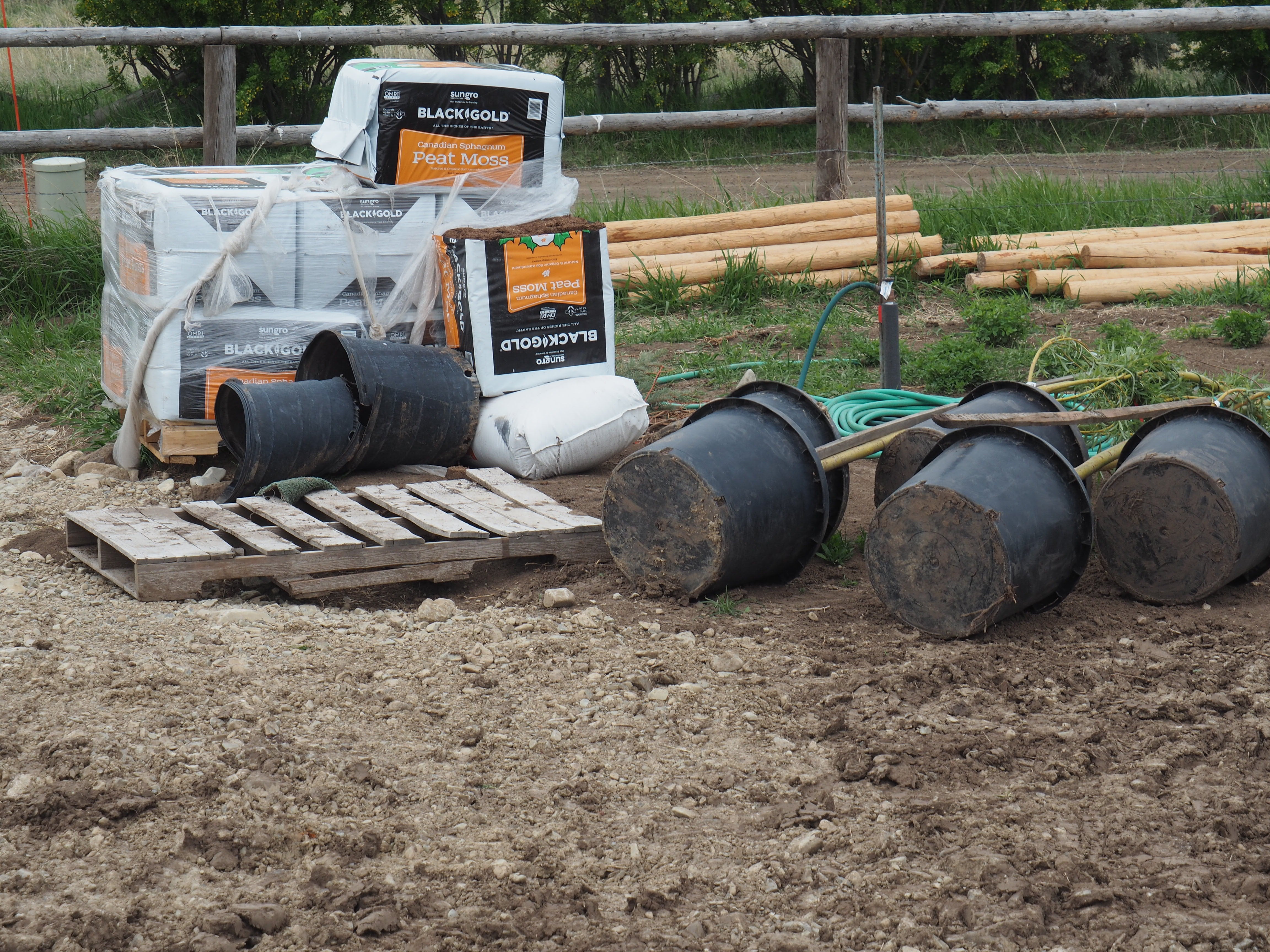
The soil on the farm is already rather good, but we got a pallet of peat moss to integrate into the planter beds to improve things even more. Some expanded perlite was also mixed into the soil to aid in water and nutrient retention. For now, I am hand weeding, but preventative mulches are also being used to control weeds. Additional fertilizers used are cow and chicken manure. In the center of my planting area, we ran flex pipe connected to a compost pit. The warm air from the compost will be circulated under the soil by a solar powered fan, resulting in consistently higher soil temperatures. This will aid me to grow types of produce that typically don’t do so well in my area, such as melons.
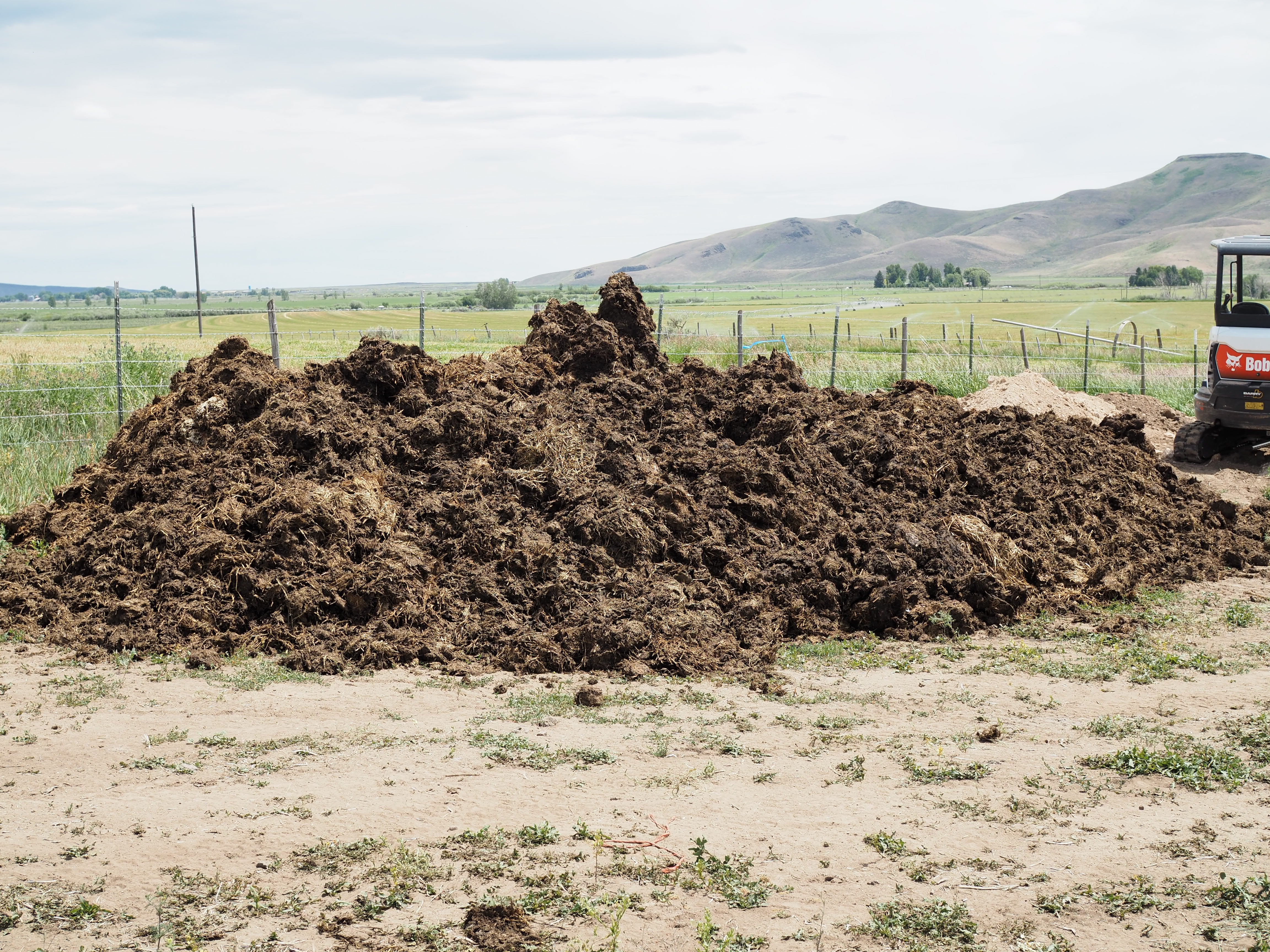
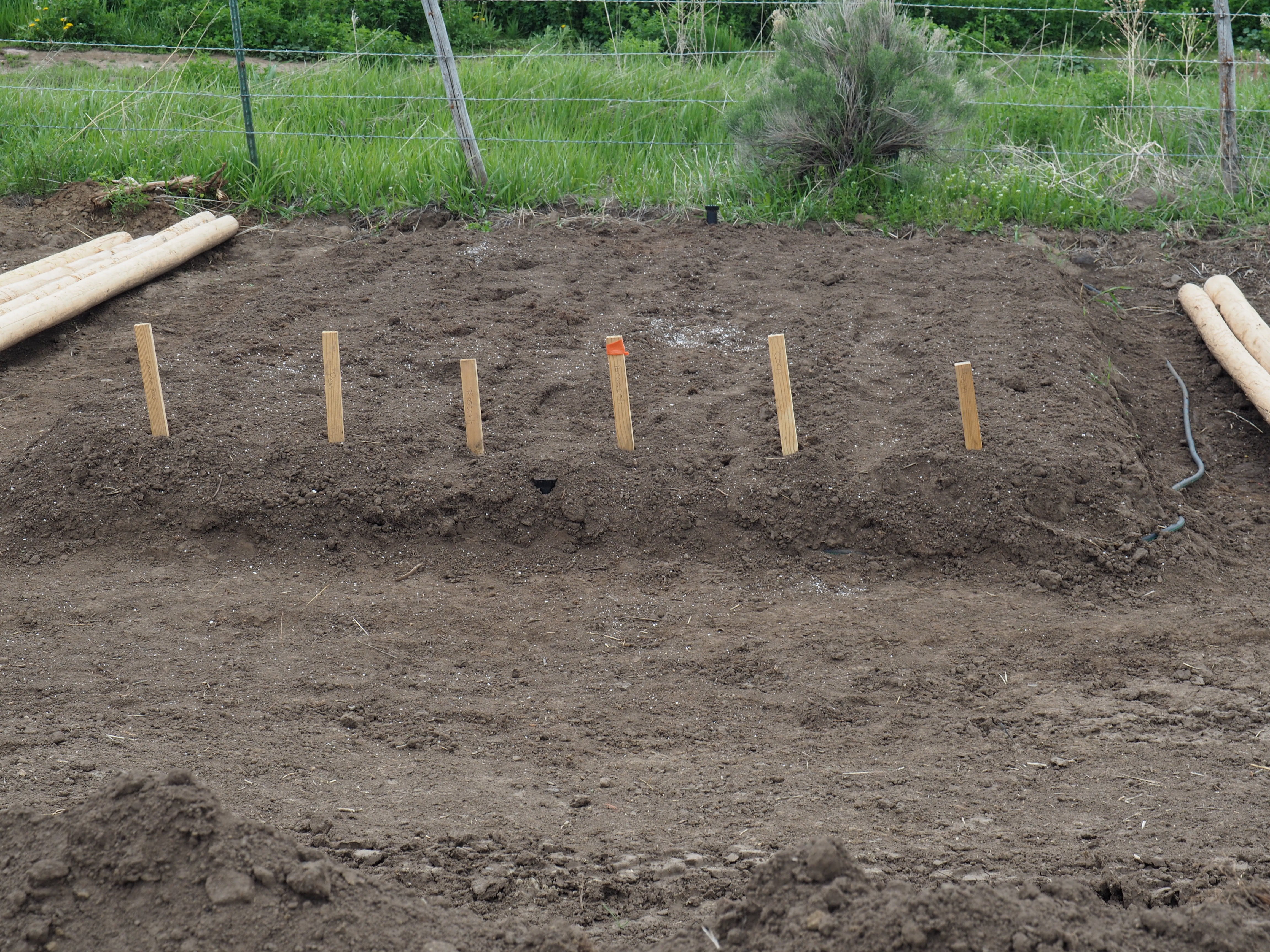
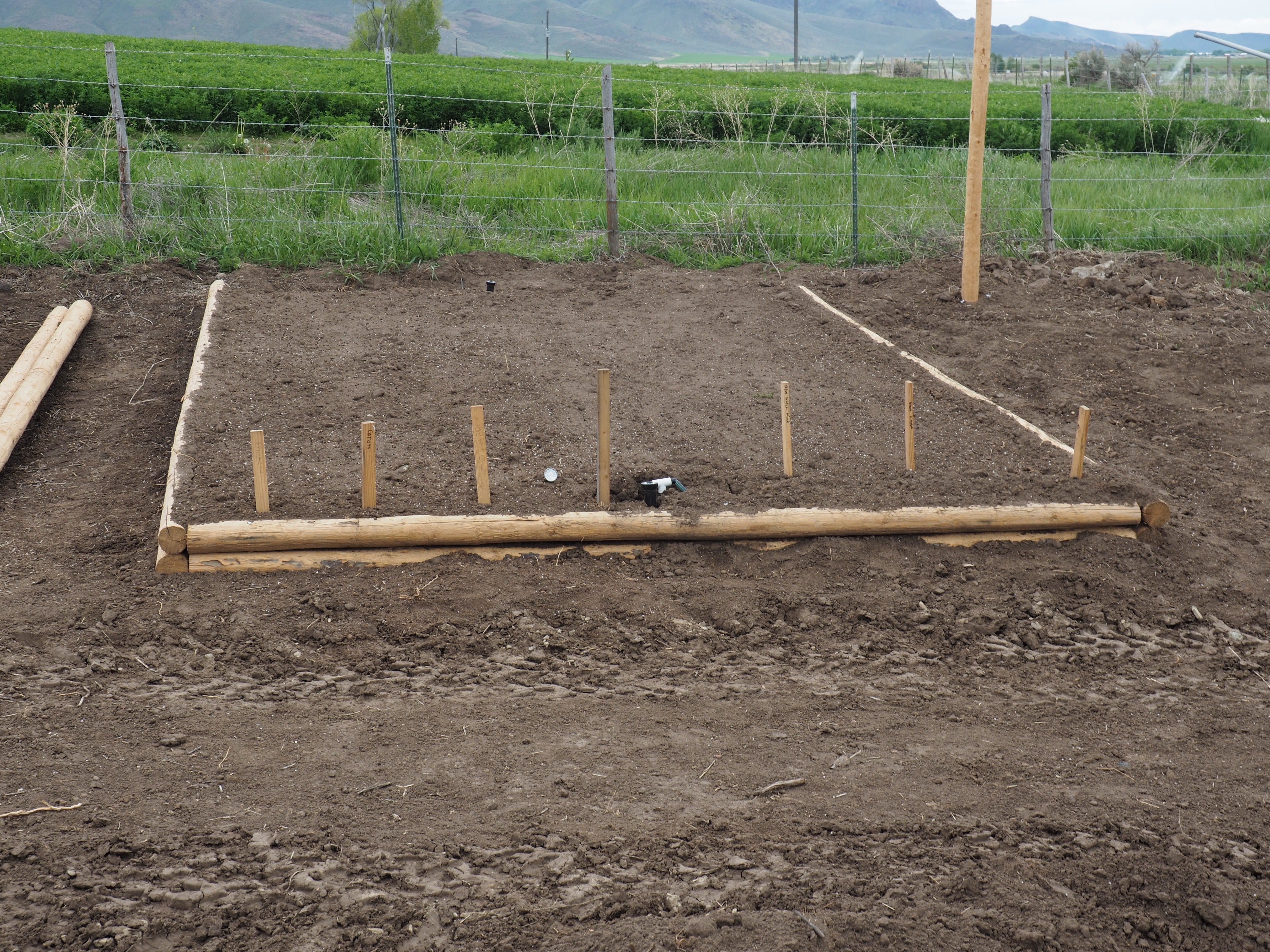
Initial Results
For now, things seem to be going well. I can tell that the windbreaks are working, and its a relief to step into the wind sheltered corridor on particularly blustery days. Furthermore, all my salad green needs are already met by our initial planting. The corn, peas and beans are also progressing nicely, and germination as well as growth of planted seeds are right on track if not ahead of schedule. So far, the organic pest and weed control methods used seem to be working just fine.
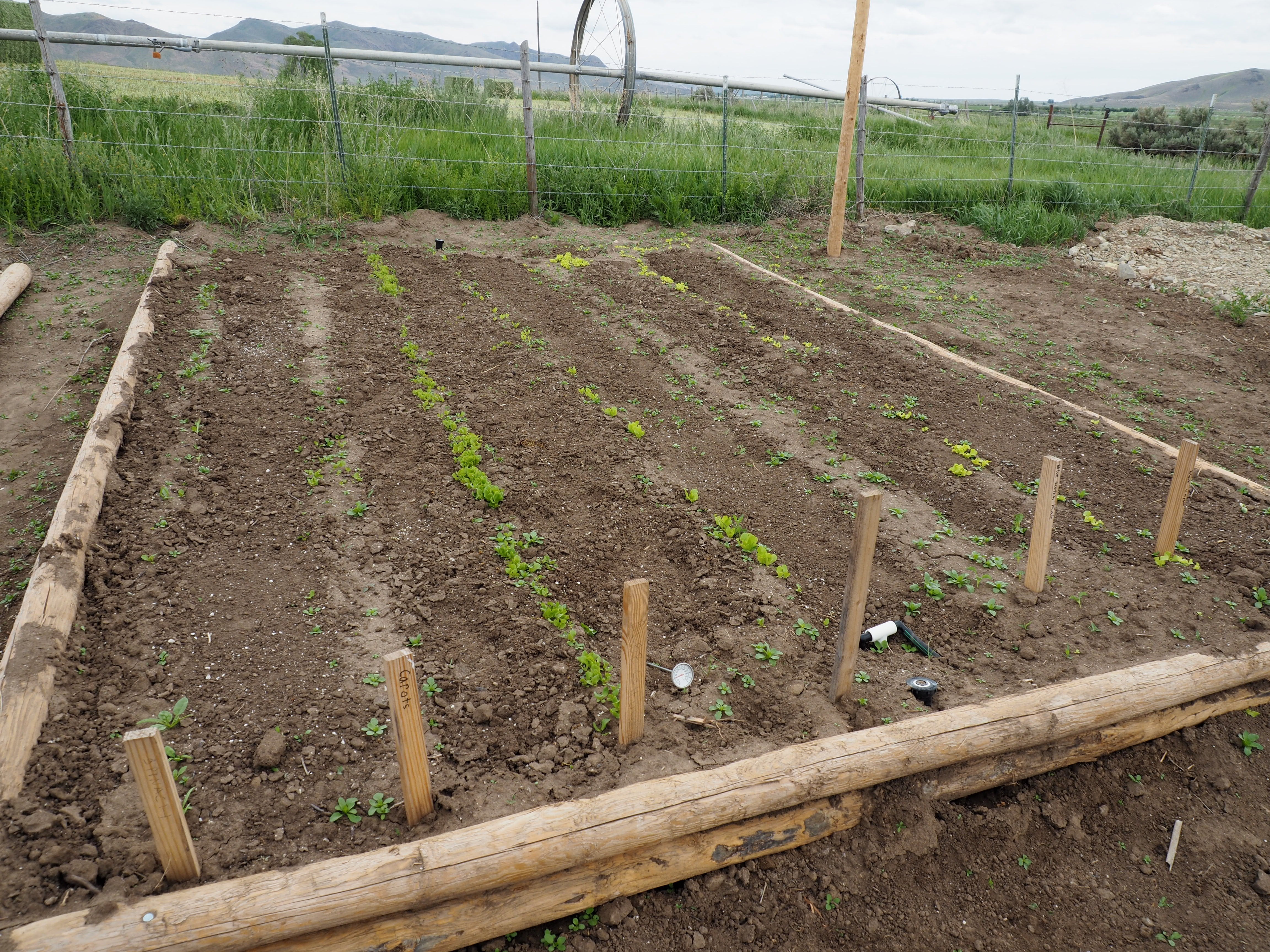
I am glad I was able to turn an unused waste corner into (so far) productive land. Only time will tell how much of a success it will be. That being said, for now it has been a more than worthwhile investment of time, effort, and money to ensure a good supply of produce.
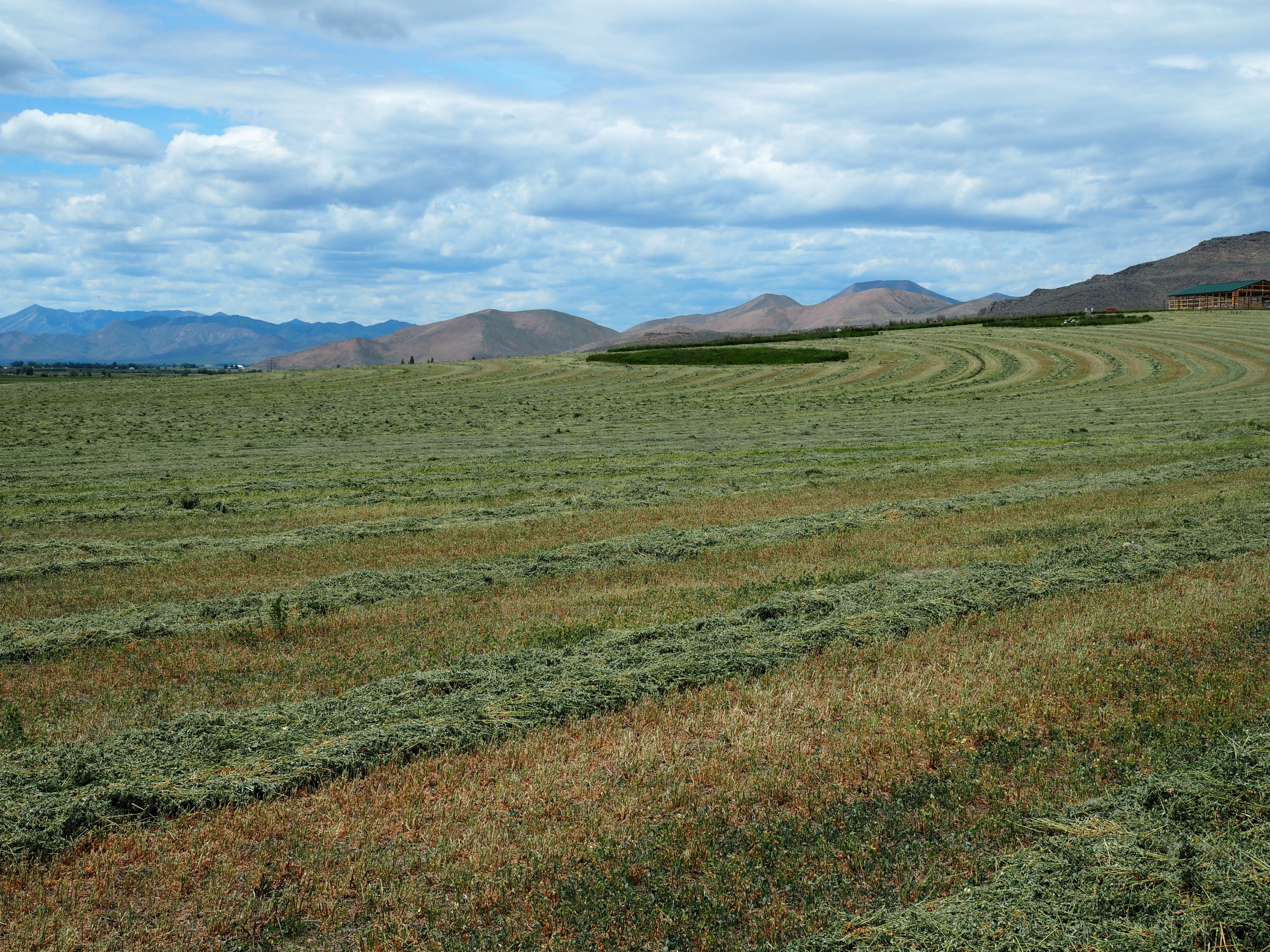
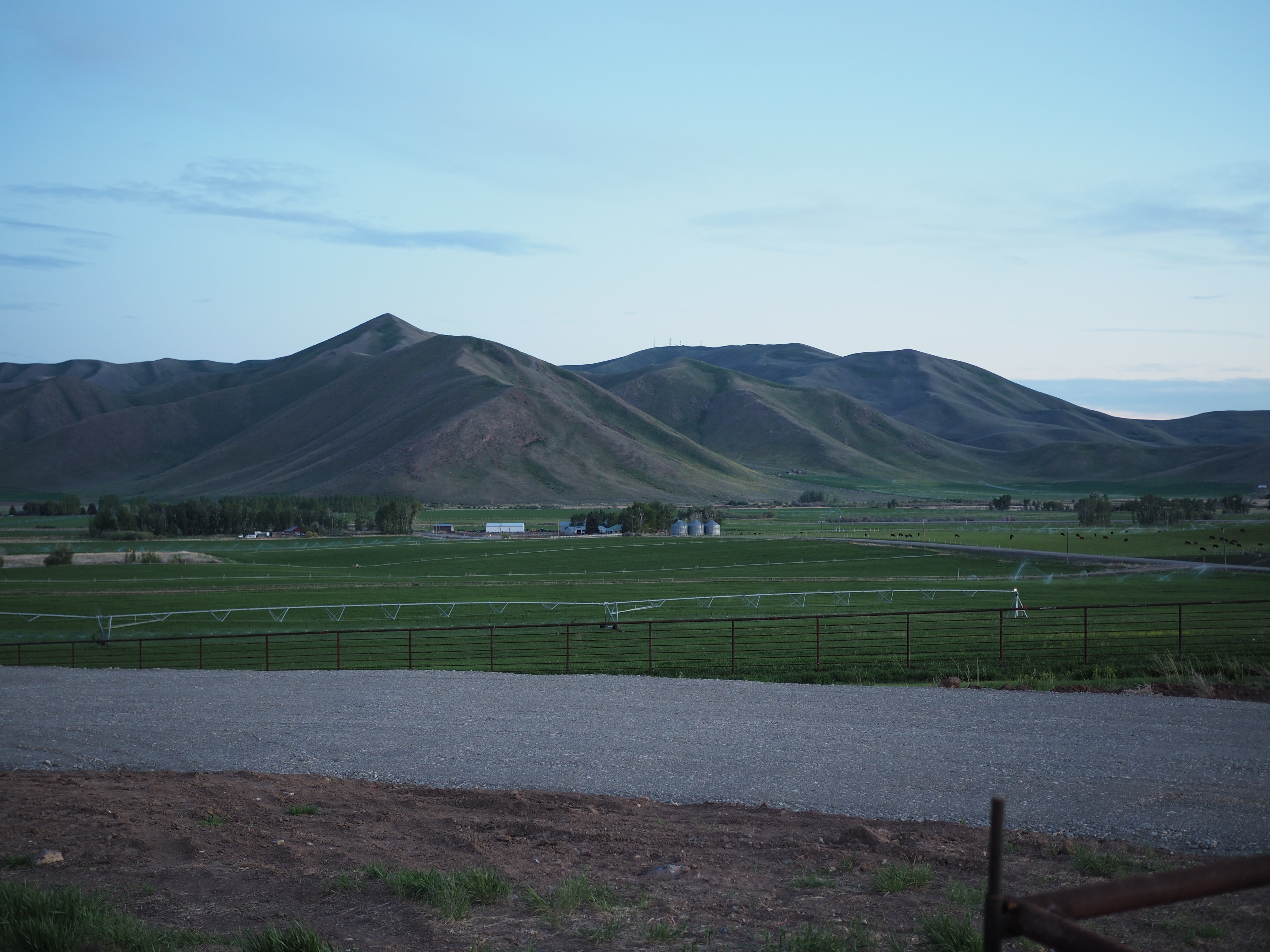
The post Home On The Range #002: Turning The Corner appeared first on AllOutdoor.com.


